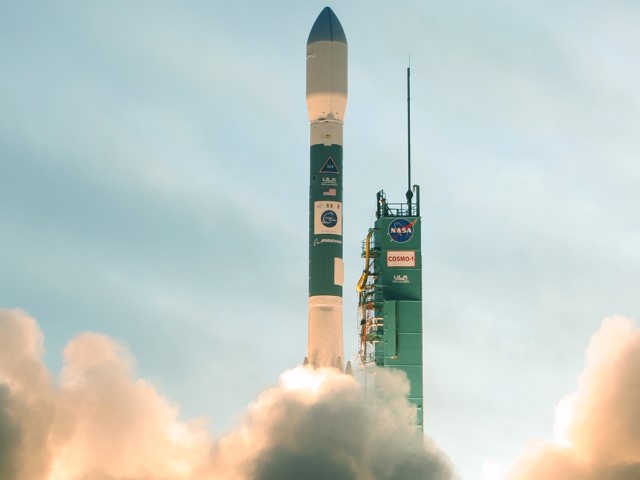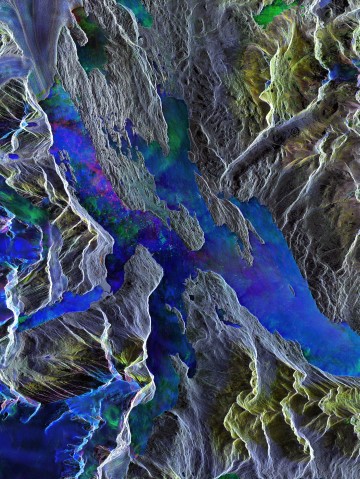17 May 2021
The gestation period lasted more than ten years, culminating on 7 June 2007. When the first satellite in the COSMO-SkyMed constellation took off from California’s Vandenberg military zone, it was clear that nothing would ever be the same again.

After more than ten years of engineering work, on 7 June 2007 COSMO-SkyMed 1 took off from the Vandenberg launch pad. It was followed by three more satellites by the year 2010. All designed for dual use, for civil and defence purposes.
COSMO Skymed (which stands for COnstellation of small Satellites for the Mediterranean basin Observation) represents the state of the art in radar technology. Its eyes scrutinise the earth by night and day, under all atmospheric conditions, with a resolution of less than one metre. And that’s not all: the new constellation, augmented with three more satellites before 2010, has a very rapid refresh time: it can photograph the same point on earth four times in the same day.

COSMO-SkyMed represented the state of the art of radar technology in 2007. With a resolution of less than one metre and a refresh time of six hours, it was capable of observing the planet under any atmospheric conditions.
The project’s promoters, the Italian Space Agency and Defence Ministry, realised right away that a project like this is useful for both civil and defence purposes.
In 2003 Telespazio was asked to take care of the Earth-based aspects of launching the first satellite: the Fucino station manages the satellites and plans their operations, while data is collected, processed and disclosed in Matera. The Defence information flow is processed in the military base at Pratica di Mare.
COSMO-SkyMed represents a turning point for Telespazio, culminating two years later in the foundation of e-GEOS (20% owned by ASI). Through e-GEOS, which specialises in Earth Observation and can sell the data from COSMO-SkyMed, Telespazio increases its focus on protection of the Planet and environmental sustainability.

COSMO- SkyMed’s eyes have captured a lot of information about the state of the Earth over the years. For Telespazio, which used e-GEOS to collect, process and release data from the new constellation, this represented an important step toward a sustainable future. Cosmo-SkyMed Image © ASI. Processed and distributed by e-GEOS
In December 2019, the COSMO-SkyMed program put the first of the new second-generation satellites into orbit, with more to follow in the coming years. Even better performing eyes for a Planet to save.

